The Tokina company was founded in Tokyo in 1950 and specialised in the manufacture of lenses from the very beginning. However, the optics were not only used for photography, but also in surveillance. In 2011, the company merged with Kenko and became Kenko-Tokina. The lens filter producer Cokin and the tripod manufacturer Slik also belong to the group today. Although the original manufacturer has thus ceased to exist since 2011, the brand lives on. The optics of the lenses are more like the older Nikkor models from the 1990s, as can be seen from the typical hammered varnish, but nevertheless the new lenses can keep up with modern standards in terms of technology. The range can be divided into at least four series:
The AT-X series includes lightweight lenses that cover the wide-angle range. The AT-X Pro series includes all lenses for APS-C cameras that are relatively affordable and compact. If you own a full-frame camera, you should take a closer look at the AT-X-Pro FX series. The lenses from this series have a larger image circle and therefore cover full-frame sensors completely. The AT-X-V lenses are a special case because these optics are aimed at videographers. The lenses are designed to be well suited for use with focus pullers (follow focus). Again, these are APS-C optics that are optimal for freehand focusing. Many Tokina lenses can be used on both Canon and Nikon cameras.
Overall, then, we can see that the brand continues to exist, even though the company no longer exists in its original form. To this day, new models come onto the market at regular intervals that can keep up well with the competition. However, the range is rather manageable. Feel free to take a look at the Tokina lenses from our range for Canon and Nikon cameras. If you are having trouble deciding what to buy, just drop by the website section below. There you will find a lot more information about Tokina lenses and the series of this company.
Originally, the Japanese lens manufacturer was founded in 1950. In 2011, however, it was merged with Kenko into the K.K. Kenko-Tokina group. Furthermore, the filter producer Cokin and the tripod manufacturer Slik belong to the group of companies today. The Tokina lenses can convince in many tests and comparisons and often receive a good to very good rating. The product range primarily includes lenses for Nikon and Canon, but the company has also produced other lenses such as those for the Micro Four Thirds standard. At the moment, it remains to be seen which paths the company will take in the future and whether lenses for other cameras are also planned.
The AT-X PRO FX series includes all lenses intended for full-frame cameras from Nikon and Canon. However, they can also be used on APS-C cameras. In this series you will find, for example, zoom lenses that cover the wide-angle range from 16 to 35 millimetres. But telephoto zoom lenses are also part of this series.
The AT-X-PRO-DX series was developed for the APS-C format. It includes wide-angle zoom lenses in particular. The special feature of these lenses is that the image circle is smaller, which makes them more compact and lighter than lenses for full-frame cameras. The lenses from this series cover the small-format equivalent focal length range of 17 to 42 millimetres. However, these lenses cannot be used on full-frame DSLRs because the image circle is smaller and accordingly vignetting would occur at the edges of the image.
In the AT-X DX series you will find a lens that Tokina calls a "fisheye", which can be used on APS-C cameras. It starts at a 35mm equivalent focal length of 15 millimetres, which allows for a very wide shooting angle. For exciting image compositions, this lens is perfect.
If you take a closer look at the range of Tokina lenses, you will quickly notice that the product names contain some abbreviations whose meaning is not apparent at first glance. The following abbreviations are common with Tokina lenses:
So with one of the more expensive lenses that have a "WR" in their name, for example, you are well advised if you want to use your camera in adverse conditions such as rain and snow or on the high seas. Lenses with FE technology, on the other hand, have a means of adjusting the correction of lens aberrations to the current distance.
To make your purchase decision easier, we have once again summarised a list of all the important advantages and disadvantages of this manufacturer's lenses for you below:
Favourable alternative compared to manufacturer's own lenses
Good quality
Large lens selection
Good imaging performance
Lightweight lenses at fair prices in the range
Maker's unclear future
Partial photographers criticise the feel
Lens selection so far manageable
One thing is certain: price-conscious photographers who want a fast lens with good imaging performance but don't want to spend too much money should definitely take a closer look at the Tokina lens range. The price-performance ratio is exceedingly good for most models. Even if the future of the company is unclear at the moment, you certainly won't make a mistake by buying one of the lenses available so far.
Summarising, we can state that the question of whether you should buy a Tokina lens or better a model from your camera manufacturer - i.e. Nikon or Canon, for example - cannot be answered across the board. The Tokina range is particularly aimed at photographers on a budget, because here you get high speed and good imaging performance at a comparatively low price. Whether you are better off with a Tokina lens or an original lens therefore depends primarily on your individual requirements. Professional photographers will be more interested in the camera's own lenses, while amateur photographers often make a good choice with lenses from other manufacturers. If you can't find the right lens for you in the Tokina range, you can also take a closer look at the Sigma or Tamron range, as these manufacturers also have a large and yet relatively inexpensive selection of quality lenses to offer.
.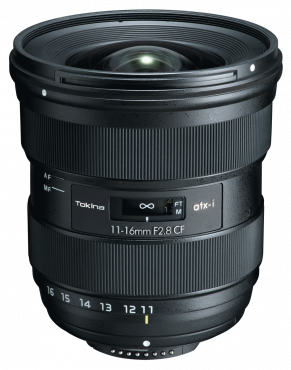
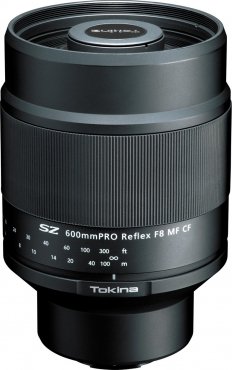

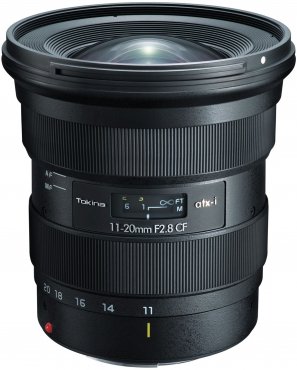
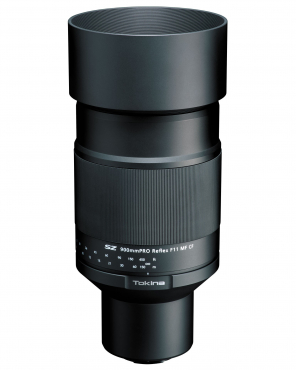
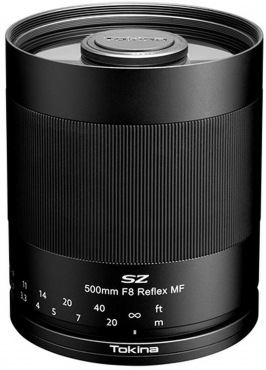
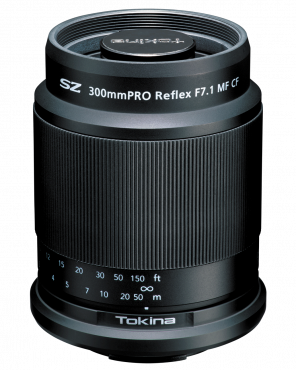
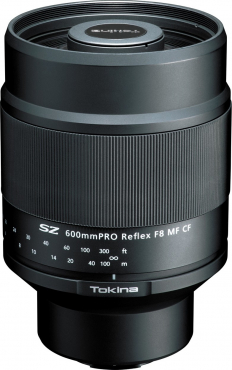
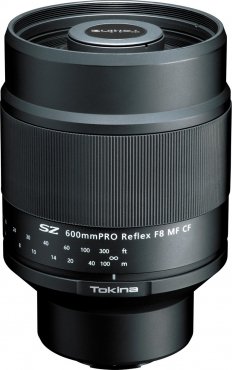
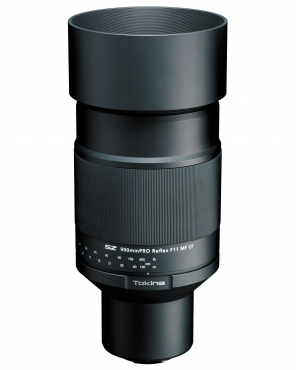
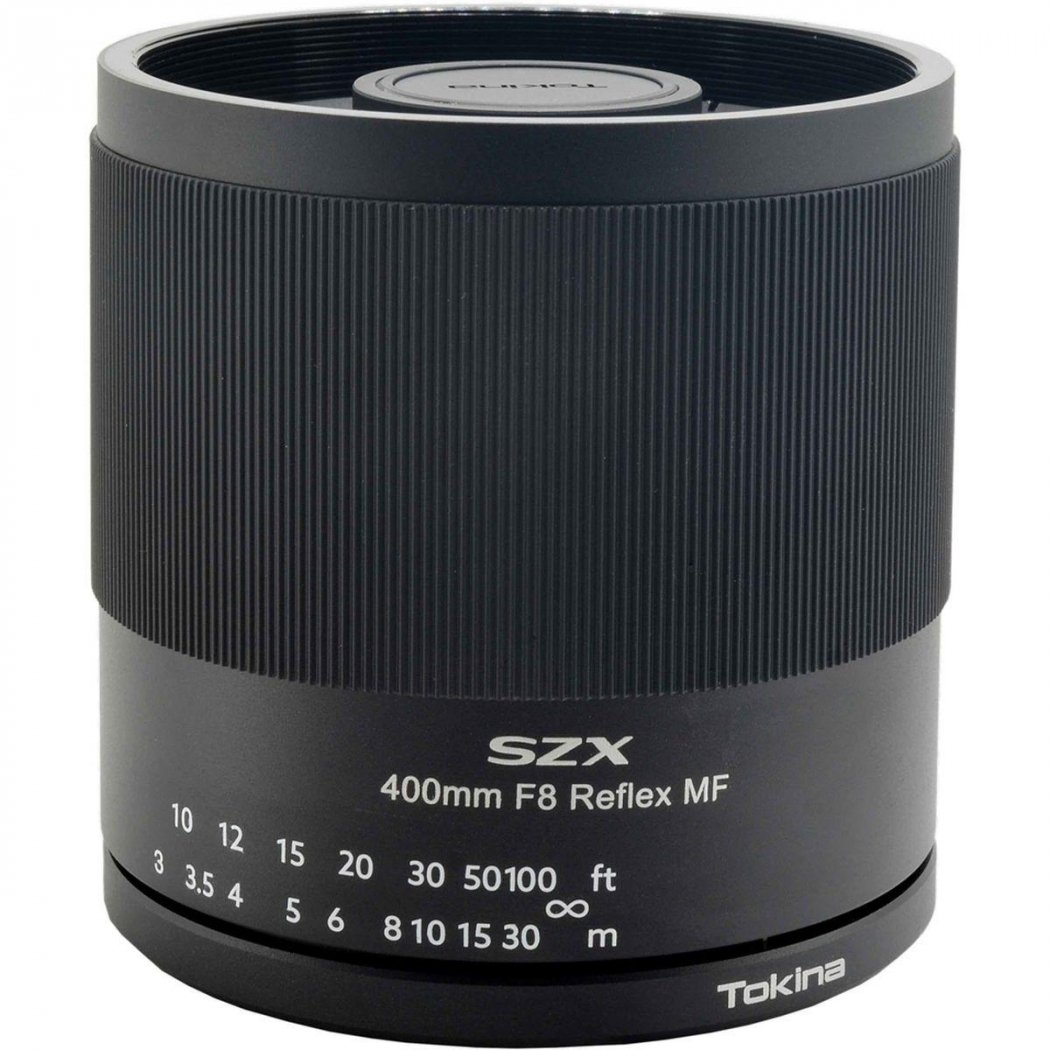
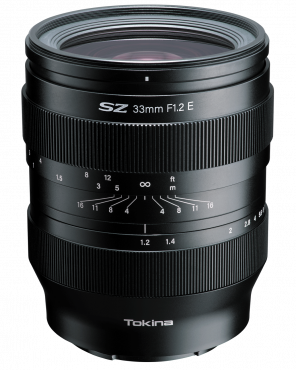


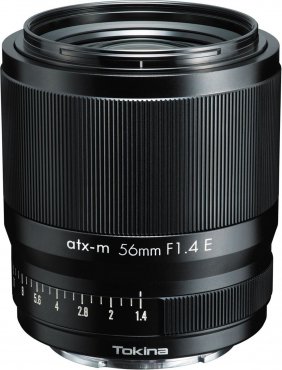
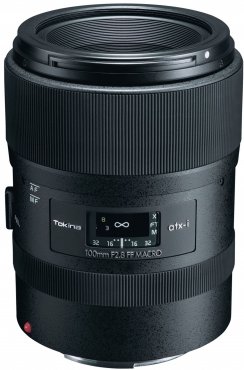
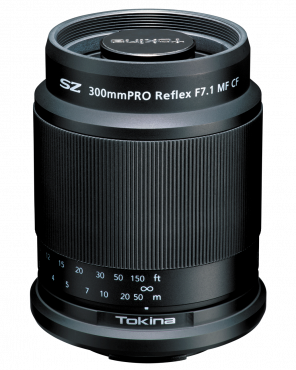

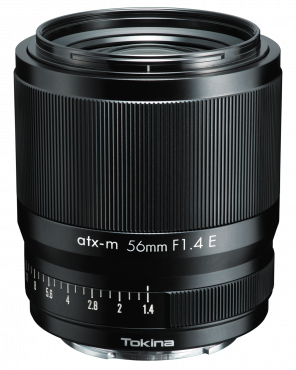
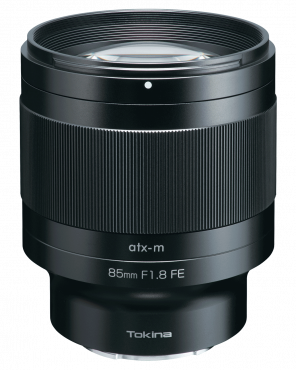
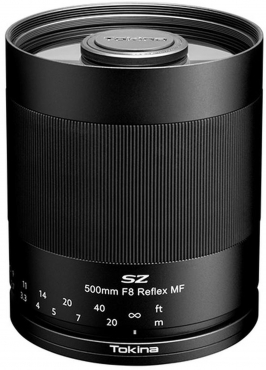
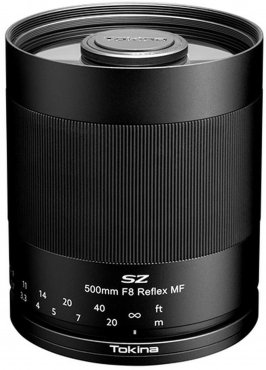
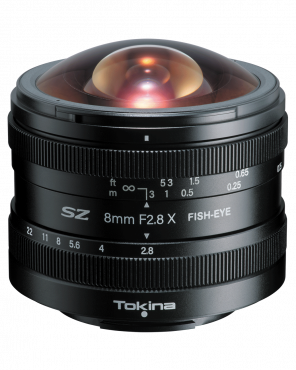
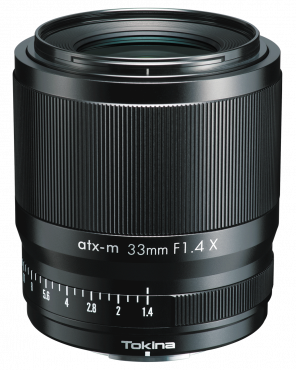
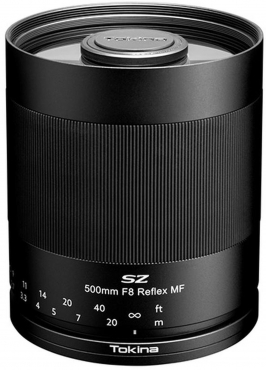
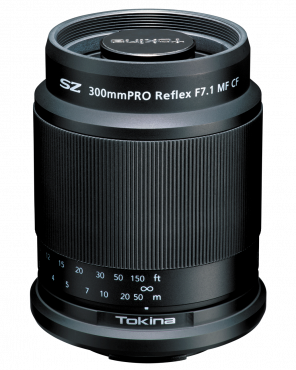
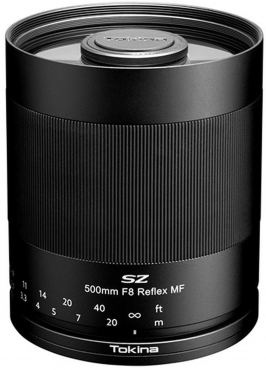
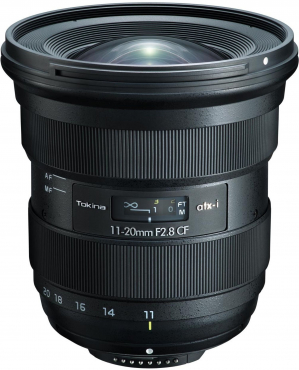
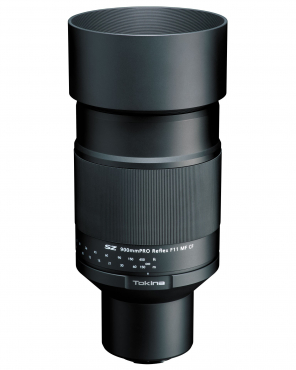
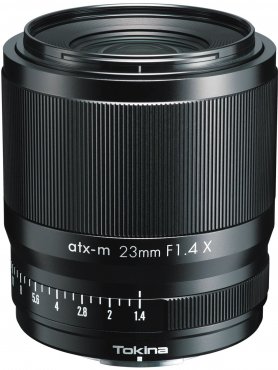
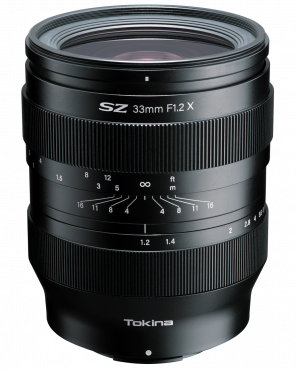
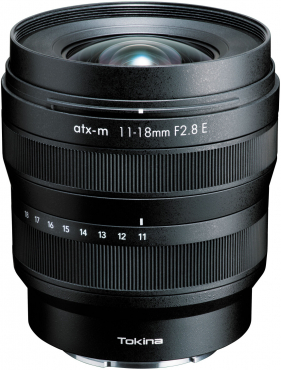



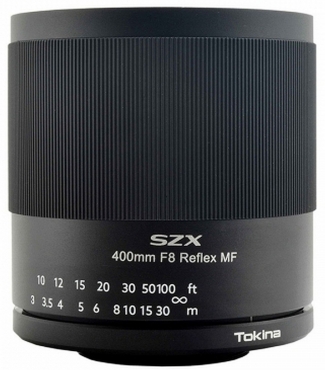
Simply subscribe and benefit as a newsletter recipient every week: